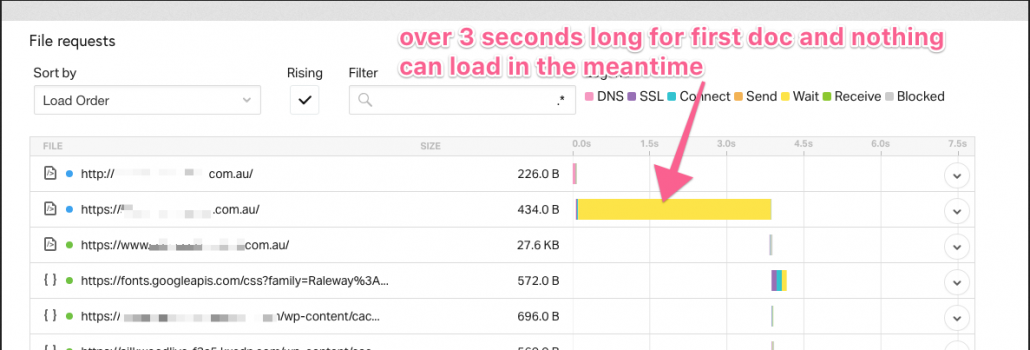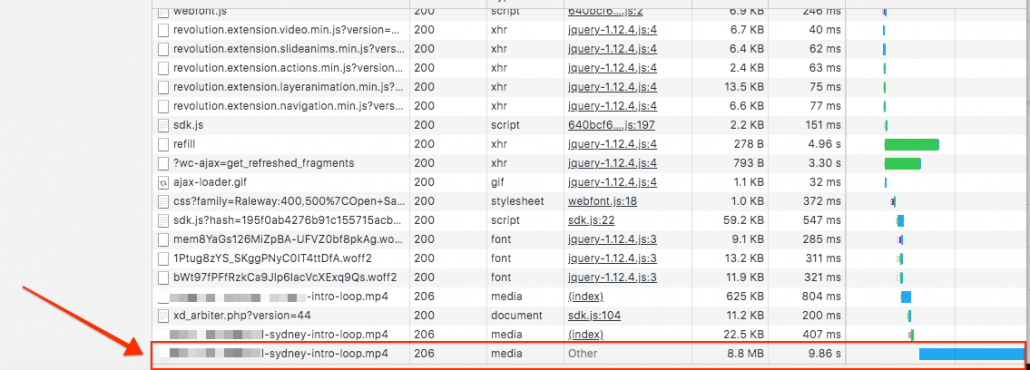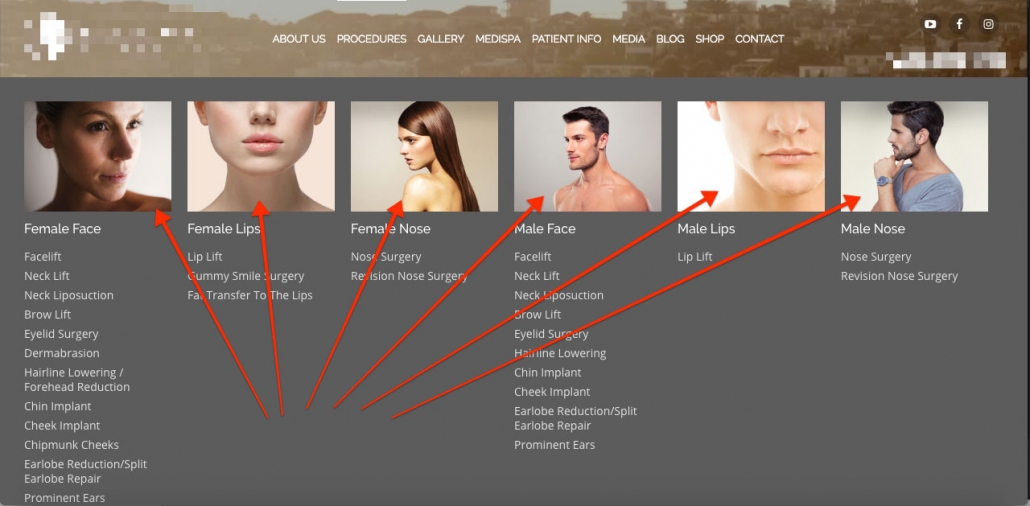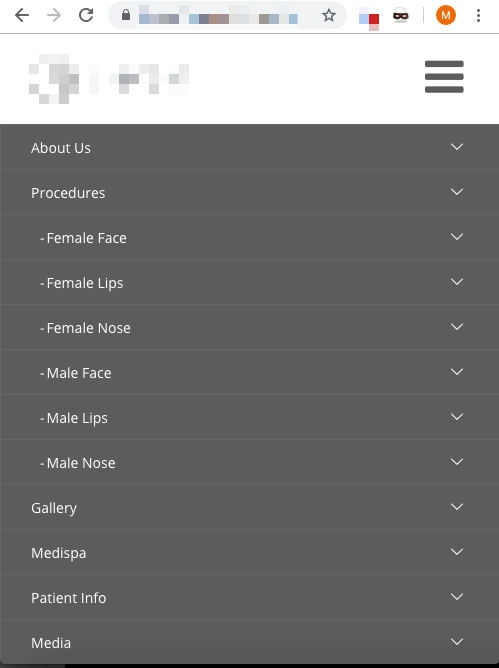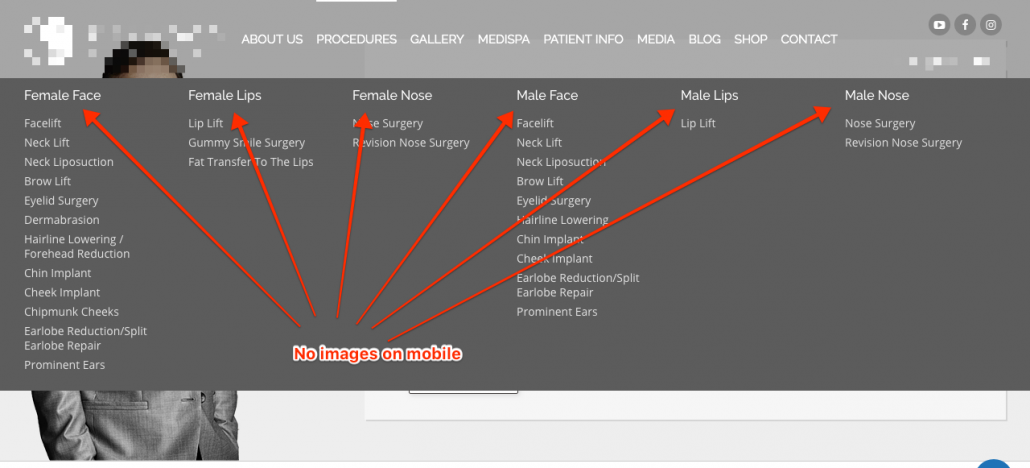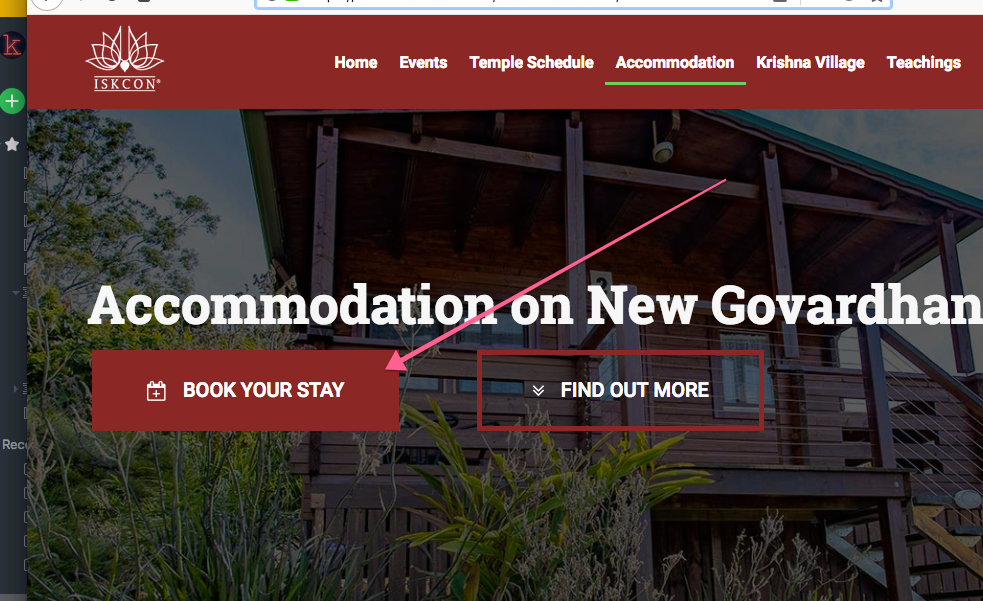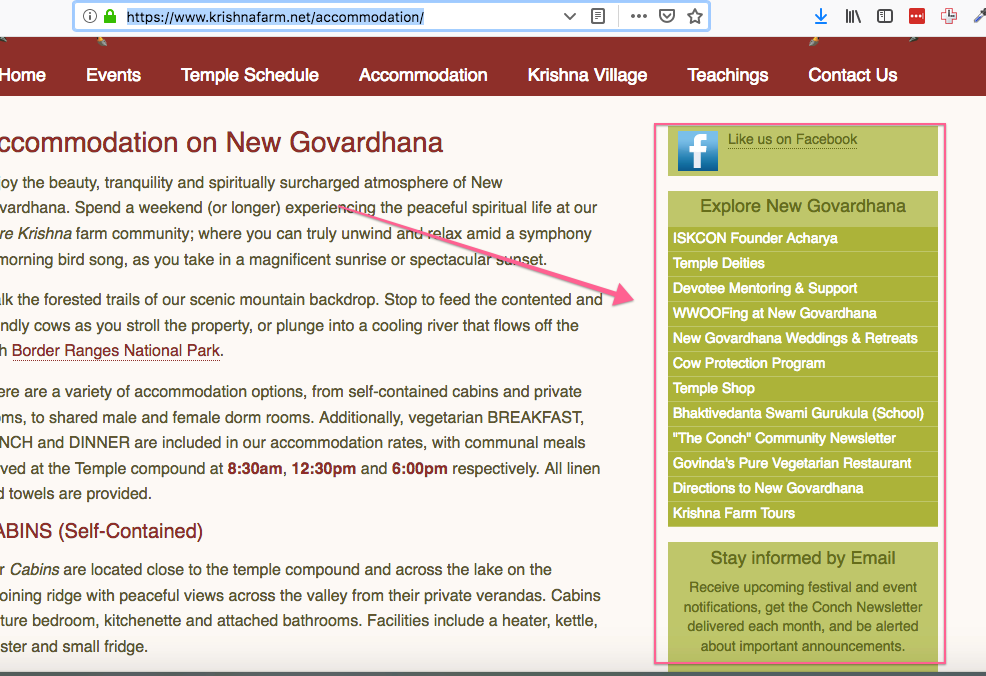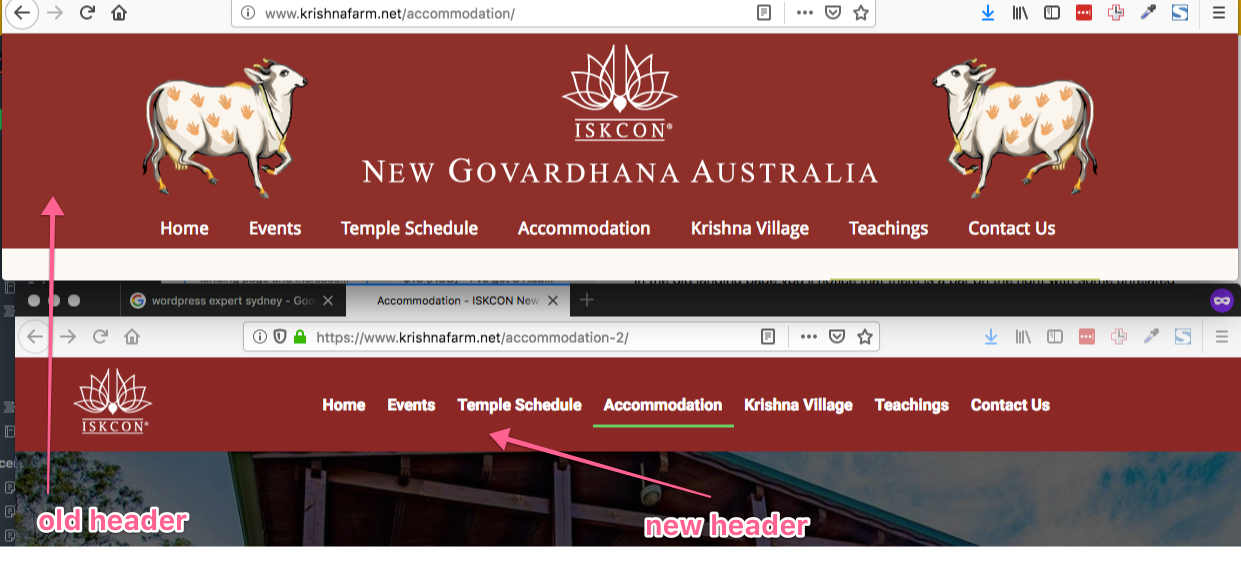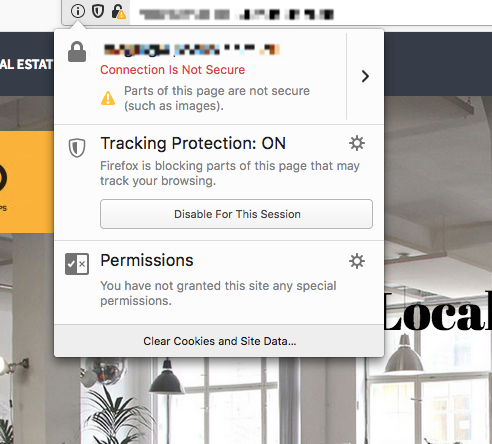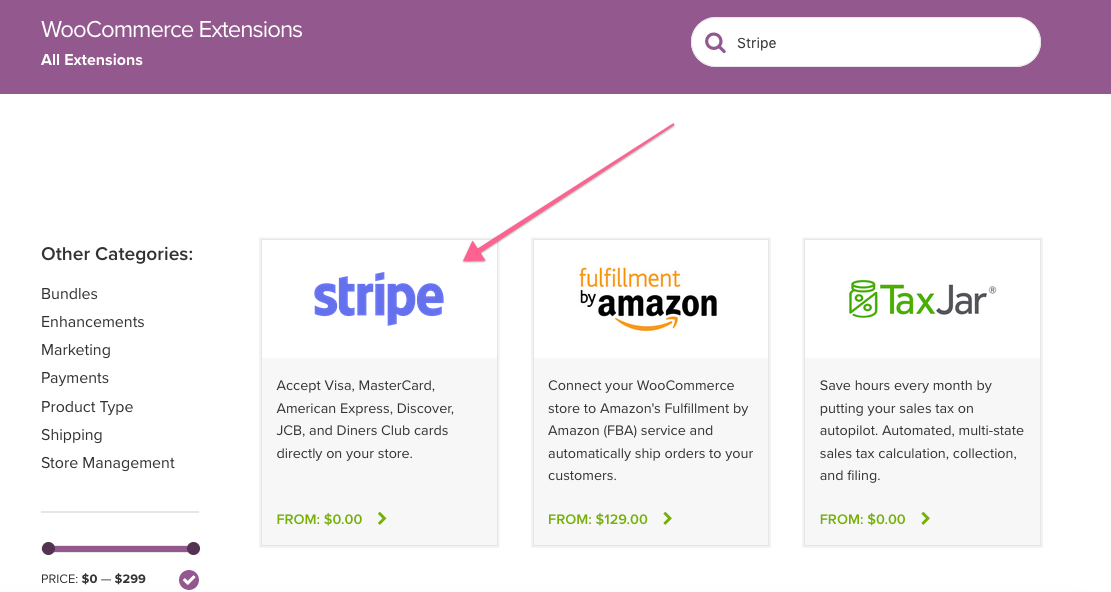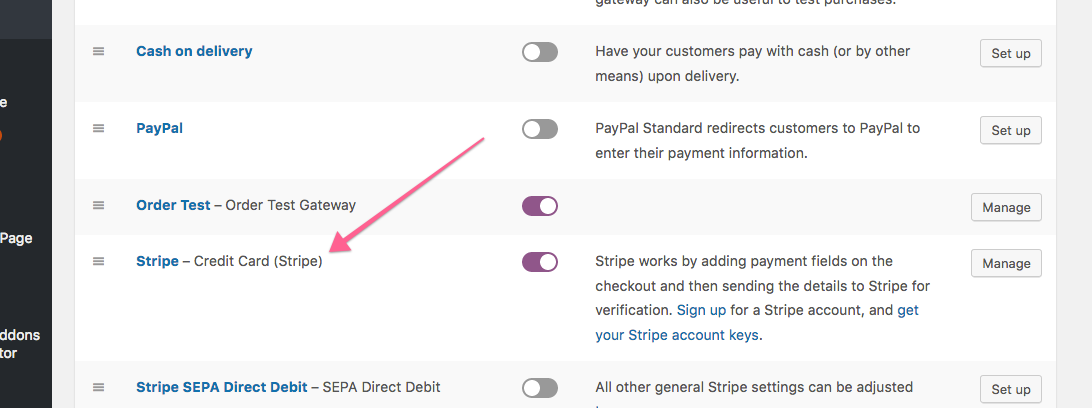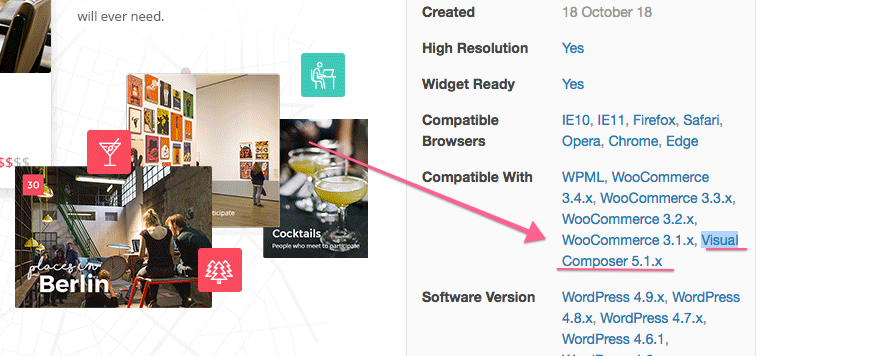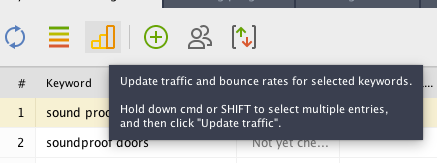5 ‘just-around-the-corner’ Trends that Will Make 99% of Property Management Companies Obsolete in 5 Years (And How You Can Ride these Trends to complete MARKET DOMINATION for your Real Estate Agency)
The times they are a-changing indeed.
Property management – as it is known – or as it was known in Australia for the last 50 years is undergoing a massive shift – and the trends discussed here open the door for property management holding companies that take advantage of these trends to consolidate power across Australia and multiple states.
Also taking advantage of these trends will allow real estate companies to remain competitive, thrive and dominate in their area.
Everything I speak about I have witnessed in working with, and speaking with real estate agents in the real world – so this is not some “armchair academia” type piece – so I apologise in advance if it is a bit more informal – I believe if you adapt these changes in your holding company or your property management company you will see a sharp increase in closed property managements and retention of your current rent roll.
So… let’s get straight to it – ACTIONable points based on trends.
Tenants do not want to speak to you (Property Management AI)
Based on in-field research not only do tenants not wish to speak to their property manager directly – but they report much higher satisfaction scores from dealing with an AI based rental system like Rental Heroes vs. dealing directly with their property manager.
Think about it – in these days of instant – on-demand services – tenants expect to be able to open an app and report any property issues with a few presses of a button – take a photo of their issue – answer any relevant questions – and then await a time and date for when a tradesperson will come to fix the issue (or if any other information is required).
Not only is this a win for the tenant but it is also a win for the property management company – who will no longer need to handle tenant complaints/issues and deal with potential interpersonal conflicts.
And even finding a tradesperson to fix an issue is once again something that can be done automatically or by a centralised/white-label service – so if 90% of your property manager’s time is being spent handling tenant issues than that is an issue and a massive opportunity for streamlining costs.
2) Following Through and Being Honest is not a Differentiator (Property Managers ➝I nvestment Acceleration Specialists)
It is very rare to see landlords thrilled with their property management company. While it is not politically correct to say this – most investors see their property manager as a sort of “tax” that they have to pay to receive their investment income – sort of like a gas bill.
Of course property manager do much more than this – they have to find a tenant and get paperwork signed – but once everything is setup things go on auto pilot – and especially if you have a multi year tenant lease many investors can look at a property management fee as one big expense without a lot of upside.
For most property management companies their point of difference is literally “we do our job” – as this screenshot below illustrates:
[image:F1177E26-5684-47F2-AD0F-FB50EB1F630F-554-000000AD1A0260BA/Image 2022-02-25 at 1.19.01 pm.jpg]A typical property management company whose point of difference is that they “follow through” (as opposed to… not following through and doing anything?) – and they communicate “factual information” (which I guess is better than lying to everyone).
On a serious note most property management companies offer bare bones service and are only used because they’re in the area so to speak – which as we’ve learnt from trend #1 is going to be less and less of a competitive advantage as time goes on.
The solution to this is to start offering investors MORE – more value – and the best way to do this is to rebrand the “property manager” to an “investment acceleration specialist” – your team must be repositioned from the “people that collect the rent and call pest control/tradespeople when issues come up for an investor’s tenants” to investment specialists that advise an investor on how to maximise their income –
Because let’s be honest – when all is said and done – all that matters to an investor at the end of the year is how much money they put in their pocket from the investments that a property management company manages – everything else is wondow dressing.
You would think property management companies would spend some time figuring out how to help the investor achieve this – but you’d be wrong.
Calling competitor’s investor clients and simply asking if their property manager has ever spoken to them about rental increase strategies/tax minimisation/legal compliance and fine avoidance – and offering a trial or refund guarantee for a service makes easy pickings for any property management company that is willing to put in the work to easily grow and dominate (especially when this sales effort can be systematised) [link to REAA].
3) You Don’t Need to Tell me Where the Bathroom Is (Contact-less Inspections)
Sure – you might say – tenant issues can be handled through a centralised white label service but the property manager is still required to do property inspections for new tenants.
That will always be required – right?
Well – actually, no.
There are all ready a number of software and hardware solutions to automate property inspections – and these will actually be a win-win for the tenant and the property management company.
Firstly – we all ready know that forcing potential tenants to inspect properties at a time convenient to the property manager all ready scares away many high quality potential tenants (surprise, surprise – the best tenants actually have things to do at 1pm on a Wednesday when the property management company forces applicants to inspect – or whatever it is) – which leads to issues down the line.
The other option is flexible inspections – which means most property managers are running around showing properties and filling their calendar up (and cursing no shows) – an expense that simply cannot be maintained moving forward.
By the way – as someone who was looking for a property earlier these inspections are never fun for the tenant either – after running 15 minutes late due to traffic I called the property manager who was meant to show me the property – only to not be able to reach them, followed by being told that the inspection cannot go ahead because the property manager had to rush off to the next inspection – as someone who pays my rent on time and stays in a property for multiple years – I chose not to deal with that company because I am petty (and they lost another potential tenant to select from).
So – what’s the solution?
One doesn’t need a crystal ball to see the future because most of what I am talking about all ready exists.
In fact if you want to know what property managers are going to be doing 5 years in the future just look at what AirBnB owners are doing right now in the USA and other countires.
Hardware like the Igloo lockbox along with a key GPS tracking system allows you to grant one time PIN codes to people inspecting a property – and having the key attached to a GPS tracker means no one can take it away and duplicate it (you want to have every precaution – and I tend to always err on the side of caution).
Since you will only be granting the one time PIN code to potential inspectors who would ideally – share their details with you the chance of something happening is very minor – you can also install a motion detection camera at the front door if necessary.
By the way this isn’t some futuristic tech pipe dream – doing a personal calculation based on the items I’ve mentioned (and I have provided the links above) comes to the following:
1) Igloo lockbox – $179USD
2) Key GPS (optional) – $40
3) Motion dection camera (optional) – $179 (Nest camera from Google which will give you time stamps and video of people coming and going)
For a total of under $400 you have a system that can be installed in any property which removes the headaches of in person inspections – makes life easier for the tenant (believe me – the tenant does not want to inspect a property that they are looking to potentially live in long term with someone standing over them telling them obvious things like “this is the bathroom” and other un-necessary information) – much less doing it with 4 other strangers who are inspecting the property as well.
P.S. At the time of writing Kogan has a sale on motion detection cameras for as low as $38 – which drops the whole package down to under $260 for one property
[image:07B90BD3-E0E5-4927-8A4F-C65D378F406B-554-000000AD1A00A301/Image 2022-02-25 at 2.02.22 pm.jpg]However the amount of people inspecting the property can also drop dramatically and save effort for everyone with of course…
4) The 3D Virtual Tour
3D Virtual tours are here – and they’re not reserved for film makers – the equipment required to create a virtual tour is dropping significantly – in fact if you have a centralised office you can bring tenants in and give them virtual tours using a 3d headset (isn’t the future amazing?).
Again even writing this sounds like something out of the future – but all of these things are not only available now – but are also very competitively priced.
The Virtual tour has a number of benefits – as potential tenants will be much more engaged in properties where they can look around in first person rather than looking at photos from the side – especially because every tenant knows photos are taken to make the property look as attractive as possible and may not always represent the true spatial dimensions (especially with the selection of certain lenses that make rooms look bigger than they really are) – a virtual tour (or 360 photo) eliminates this.
By the way you don’t have to worry about buying 360 equipment – because with services like Snappr – you can login and schedule a photographer to come in and take all the 360 photos you want – and it’ll only cost you around $179 per property (sometimes less) – and Snappr is available anywhere in Australia as an on demand service.
The most popular real estate directoreis/platforms like Domain all ready have 360 photos allowed – and I want to stress the “contact-less” nature of this. Because you can get the photos taken by a photographer who you can grant a one time pin to – using the Igloo lockbox (in the previous point) – and it’ll save time for everyone as you will only get tenants that are 100% serious about moving in – since after a 360 tour the physical inspection is most of the time a mere formality.
Along with a digital signature service like Docusign – you could have everything signed and ready pending a physical inspection for move in – and make everyone’s lives easier… the new tenant could even have some of their items to move in on the first inspection.
5) The BDM Property Manager Hybrid
In the future there will be no “property manager”. The idea of someone whose job is solely to show people around properties, attend to tenant issues, shortlist applicants and chase up rents will not exist.
The reason for this is – as stated before – most of these jobs will either be outsourced to AI software like Rental Heroes (for issue management) – with inspections being replaced by hardware/software solutions – and any other remaining issues outsourced to a centralised white label property management service.
However even though many of the traditional jobs that the property manager does now will become extinct this is not to say the job itself will no longer exist – it will – however it will simply evolve to a Property Management/BDM hybrid.
There are all ready “Property Management BDMs” out there – or property managers who also have the dual responsibility of developing business now – however this will become standard in the future. Any property manager that does not possess BDM skills will find it more and more difficult to find a position in any real estate agency that is looking to streamline its services.
While many of the tenant facing services will be white labelled – the investor facing services will need to be doubled down on. The one with the gold makes the rules and the investor – who will have more and more options for the management of their property – will expect more in the future (tenants will always just want a place to live without anything breaking down etc.)
The Property Manager BDM will be responsible for closing and retaining current business (many property management companies lose approximately 10% of their managements every 6-12 months – a management retention campaign could be the best investment you ever make in your business – since a 500 managed property rent roll would lose 50 managements a year – so plugging up that hole would be extremely valuable).
As far as Business Development goes however this will not involve making continous calls to investors and turning a real estate agency into a call centre – rather this will involve talking to investors and learning how to bring value to those investors – in the form of tax minimisation, legal protection and asset maximisation strategies – and engaging in conversations with investors in assisting them in these elements.
The property management company that can retrain their property managers into Property Manager BDM’s will thrive – my REAA package includes the first step to doing this – lowering your retention rate and also setting up a foundational proven system to grow your rent roll on auto pilot (without acquisiton).
Well that’s it for the trends – the reality is that while technology is evolving rapidly it does take a lot of time for traditional “status quo” industries to catch up – for now managements may seem safe but the market is poised for a huge disruption by a player that can reposition itself from simple “rent collector” to “investment acceleration specialist” company with a trained property management BDM staff and scale nationwide with a centralised support team and contact less inspections (which by the way will make all the COVID avoidant people very happy).
The question is not will it happen – but rather will you be positioned to ride the new wave or will you be one of the company that is acquired and gobbled up.























